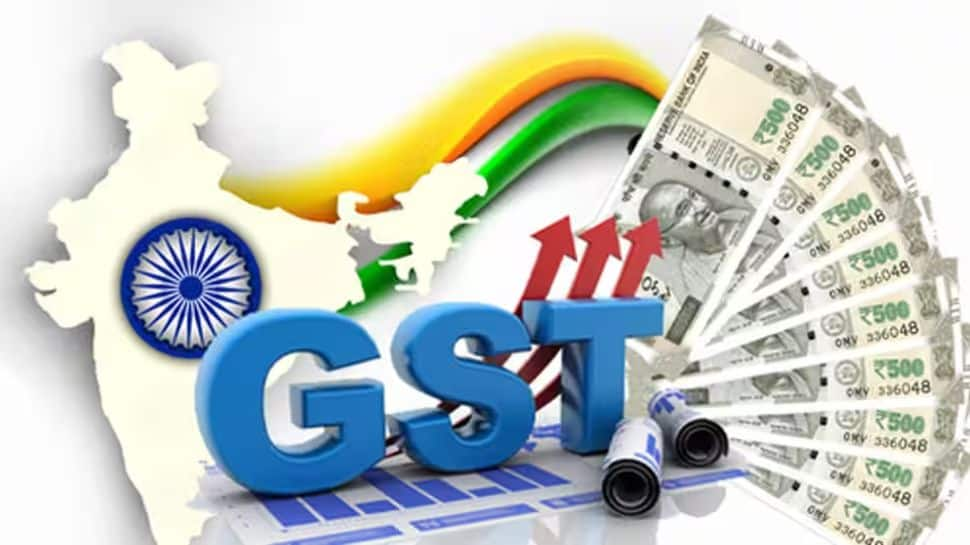New Delhi: Goods and services tax (GST) collections in August, on a gross basis, stood at Rs 1.74 lakh crore, with a year-on-year jump of 10 per cent, data showed on Sunday. In August 2023, the total collections were Rs 1.59 lakh crore. CGST, SGST, IGST and GST increased year-on-year in August, official data available today showed.
So far in 2024, total GST collections have been 10.1 per cent higher at Rs 9.13 lakh crore, up from Rs 8.29 lakh crore collected in the corresponding period of 2023. In April, total GST collections rose to a record Rs 2.10 lakh crore.
Goods and Services Tax (GST) collections in July stood at Rs 1.82 lakh crore. In May and June, the collections were Rs 1.73 lakh crore and Rs 1.74 lakh crore, respectively. During the fiscal year 2023-24, the total gross GST collection was recorded at Rs 20.18 lakh crore, up 11.7 per cent compared to the previous fiscal.
The average monthly collections for the fiscal year, ending March 2024, stood at Rs 1.68 trillion, surpassing the previous year’s average of Rs 1.5 trillion. The rise in recent GST collections reflects a positive trajectory for India’s economy, underscoring robust domestic consumption and buoyant import activity. The numbers augur well for the country’s fiscal health and economic recovery efforts, signaling resilience amid global uncertainties.
The Goods and Services Tax was introduced in the country with effect from 1st July 2017, and states were assured compensation for revenue loss arising due to implementation of GST as per the provisions of the GST (Compensation to States) Act, 2017 for five years.
Hair oil, toothpaste, soap, detergents and washing powders, wheat, rice, curd, lassi, buttermilk, wrist watches, televisions up to 32 inches, refrigerators, washing machines and mobile phones are among the key items on which GST rates have been substantially reduced or for some, kept at zero, benefiting the people of this country.
A study by the Ministry of Finance indicates that consumers saved at least four per cent of their total monthly household expenditure after GST was deducted. Therefore, consumers are now spending less on daily consumption items such as cereals, edible oils, sugar, sweets and snacks.
The GST regime removed the inefficiencies and complexities of the earlier archaic tax system. Over the years, the GST, among other things, simplified compliance and reduced the cascading impact of taxes. Prior to July 1, 2017, the indirect tax regime was highly fragmented. The Centre and the states separately taxed goods and services. The GST Council, a federal body comprising the Union Finance Minister as its Chairman and Finance Ministers of all the States as members, has played its role in the forum.
Disclaimer:
The information contained in this post is for general information purposes only. We make no representations or warranties of any kind, express or implied, about the completeness, accuracy, reliability, suitability or availability with respect to the website or the information, products, services, or related graphics contained on the post for any purpose.
We respect the intellectual property rights of content creators. If you are the owner of any material featured on our website and have concerns about its use, please contact us. We are committed to addressing any copyright issues promptly and will remove any material within 2 days of receiving a request from the rightful owner.

